What is cellulite?
In simple words, cellulite is the dimpled skin that looks like an orange peel, especially in more severe cases. It most commonly appears on the thighs, hips, buttocks, and sometimes the abdomen. Cellulite develops when fat cells beneath the skin; often influenced by lifestyle, diet, and hormones, push against the connective tissue and fibrous bands that anchor the skin to underlying muscles. As the fat pushes upward and the skin is pulled downward, an uneven and lumpy appearance forms. This is why many people seek an effective cellulite treatment to improve skin texture and smoothness.
Who is likely to have cellulite?
Although having fatty tissue can lead to developing cellulite, it also can be found in people who are at or under the goal weight. Surprisingly, gender plays an important part in having cellulite. Women are most likely to have cellulite, and it is said that more than 85% of women over 21 are affected by this skin irregularity, while only less than 10% of men develop cellulite. (That is because testosterone in men helps limit the fat in the body against estrogen in women, which increases after puberty, and helps store the fat. Plus, fibrous tissue in men is stronger than in women, which can hold fat in better and is less likely to push it toward the surface).
What causes cellulite?
Other factors that have a great influence on the development of cellulite are listed below:
- Increasing age – It can play a significant part in developing cellulite as the skin loses its firmness and collagen.
- Heredity – If there are people in your family with cellulite, you are likely to have it, too.
- Specific diseases – Like having long-term inflammation or disrupted lymphatic drainage and circulation
- Lifestyle – Unhealthy diet full of carbohydrates and fats and a lack of physical activities (and everything that leads to obesity) can lead to the development of cellulite.
- High estrogen – Cellulite can worsen during chronic use of oral contraceptives, pregnancy, and nursing when the estrogen hormone reaches a high state.
Can you get rid of cellulite permanently?
The painful truth is that there are no ways of getting rid of cellulite permanently. Although being overweight has a negative impact on the areas of the skin which are cellulite-prone (such as thighs and buttocks), losing weight is not 100% effective in getting rid of all cellulite. But there is a wide range of treatments that can give you satisfactory results, from topical therapy to minor in-office surgical procedures, which have different effects, from transient to long-lasting ones up to three years. They also need a different number of treatment sessions, and patients can select them based on their needs.
Six effective types of treatments to get rid of cellulite
Today, there are six types of effective treatments available to get rid of cellulite. Most of them are non-invasive treatments, and the last type is the only category that includes invasive procedures.
Here is a list of treatment types for cellulite:
- Topical therapy
Several studies have reported that some of the cosmeceutical ingredients such as retinoids, caffeine, and botanical extracts are effective in improving the appearance of skins with cellulite.
Continuously Applying topical creams on the skin covered with these substances for a long term can be effective, and may cause some improvements during the time.
- Oral Therapy
Although this kind of treatment for skin irregularities such as cellulite might seem unlikely, a study has shown that an oral supplementation consisting of polyphenol-rich chokeberry juice (Bioactive collagen peptides or shortly known as BCP) taken for 3 to 6 months, can improve cellulite.
Please consider the fact that using this kind of therapy for cellulite is very limited, and there might be other supplements on the market that are not helpful or even might be detrimental to your health.
- Vacuum-assisted therapy
Vacuum-assisted mechanical massage can promote lymphatic drainage and venous microcirculation, which helps redistribute extracellular fluid, resulting in improvements in the cellulite appearance on the skin. But it only takes place in time-consuming periods, and the effects are transient (like topical therapy). Vacuum-based devices (such as Endermologie®) can also be found in spas and are introduced to customers as an effective way to get rid of cellulite. Please notice that they can only be impactful if used in several sessions. Plus, some studies have shown that this method might not work on all patients.
- Acoustic Wave Therapy
Using shock wave or pulse activation therapy on the skin may have visible effects after 6 to 8 weekly sessions. This treatment, (in which a hand-held device is used to transmit the waves into the body to break the cellulite) improves the microcirculation in the skin and helps the production of new collagen, which eventually can have considerable effects in case of receiving the procedures regularly. An example device for this type of treatment is RESONIC ™, which is an FDA-approved Rapid Acoustic Pulse (RAP) device that gives results without damaging the skin.
- Using RF Devices
Devices that use radio frequency to generate heat (due to resistance of tissue to the flow of an electrical current) and produce electrothermal energy may also be effective in treating cellulite, but as their impacts might be only superficial, they are combined with other treatments (like vacuum-based devices for executing mechanical massages, and devices that use laser or infrared energy) to achieve better results. Overall, RF devices help in producing collagen, thickening and tightening the skin, and also decreasing fatty tissue.
- Invasive Techniques
Although surgery is more invasive than other techniques, it can have significant results in the appearance of cellulite after only one treatment, with longer-lasting effects, up to 2 or 3 years.
Subcision is a technique that helps to release the dermis from the tethering fibrous cords, which leads to having smoother skin. As it only uses local anesthesia (instead of systematic anesthesia) and aims at rather small and specific parts of the body, it is considered a minimally invasive technique with limited downtime for the patients.
This procedure also can be combined with other techniques to gain more considerable results, creating Vacuum-assisted subcision, and Laser-assisted subcision.
- Cellfina® system is one of the famous treatments based on vacuum-assisted subcision. Cellfina has a suction device that picks up the patient’s tissue at the point of cellulite dimples. Then, a vibrating 0.45 mm microblade or needle cuts fibrous cords underneath the skin (in the depth of 6 to 10 mm), which have caused cellulite dimple. A study reported that patients who have received treatment with this FDA-approved device showed significant improvement after a single session that lasted for 40 months.
- Cellulaze™ system is a popular laser-assisted subcision, a 1440 nanometer device with a 1000 m side-firing laser fiber tip. (There are also other laser devices with 1064 nanometer and 1320 nanometer wavelengths that can give effective results, but studies show that Cellulaze with 1440 nm is safer and more effective for cellulite treatment compared to others). This treatment is FDA-approved and works by inserting a small laser tube underneath the skin (after applying local anesthesia).
Generated heat from the laser cuts and releases the fibrous bands that caused cellulite. In this process, fat also melts and gets a liquid form. This procedure has improving effects on increasing skin thickness (by 25%) and stimulating collagen and elastin production (by 29%). Thicker and more elastic skin can help smooth the skin and reduce the appearance of cellulite.
Are there any other treatments to get rid of cellulite?
Yes. But there is little evidence to show the effectiveness of these other methods introduced as cellulite treatments. Moreover, using these treatments might be dangerous for the patient.
For example, using injectables is one method some people consider to get rid of cellulite. In this approach, certain substances such as phosphatidylcholine, hormones, aminophylline, vitamins, minerals, and herbal extracts are injected into the fat layer beneath the skin to encourage fat breakdown and reduce the appearance of cellulite. This procedure, often referred to as mesotherapy, carries a relatively high risk of side effects including infection, rashes, swelling, and uneven skin texture. While some clinics promote cellulite treatment before and after results using this method, it’s important to note that its effectiveness has not been scientifically proven, making it a higher-risk option compared to more established treatments.
There are also some fat removal procedures, such as Liposuction, which are often used on different parts of the body including the thighs, buttocks, and abdomen. While liposuction procedures are a good solution for getting rid of extra fat and achieving a slim and toned body, but not necessarily an effective way to get rid of cellulite. In some cases, it can even make the dimpled fat (that is left behind) look worse. However, liposuction coupled with other methods such as laser-assisted therapies or a lift could help with improving cellulite appearance.
Also read: How to get rid of lumps after liposuction?
Treatments for cellulite AND skin tightening
Several treatments can be helpful for improving cellulite and skin tightening at the same time. Lifting including thigh lift and butt lift usually results in tighter and smoother skin which also helps with improving cellulite as well as reshaping the targeted body parts.
What are the major differences in treating cellulite with invasive or non-invasive methods?
In general, the number of times you need to go through non-invasive treatments is more while their effects usually last for a shorter time.
In invasive methods, on the other hand, improvements usually show up more quickly (in fewer sessions) and they last longer.
In non-invasive devices, the number of required sessions depends on the device, energy source, location of treatment, and need of the individual patient. And since they only last for months, repeating sessions are required to maintain the results.
Which cellulite treatment is good for you?
If you are wondering which treatment is the suitable one for you, it is best to consult a dermatologist or someone who has knowledge and experience in executing these treatments and is familiar with the related conditions and results. They can suggest a cellulite treatment that can be most effective for you.

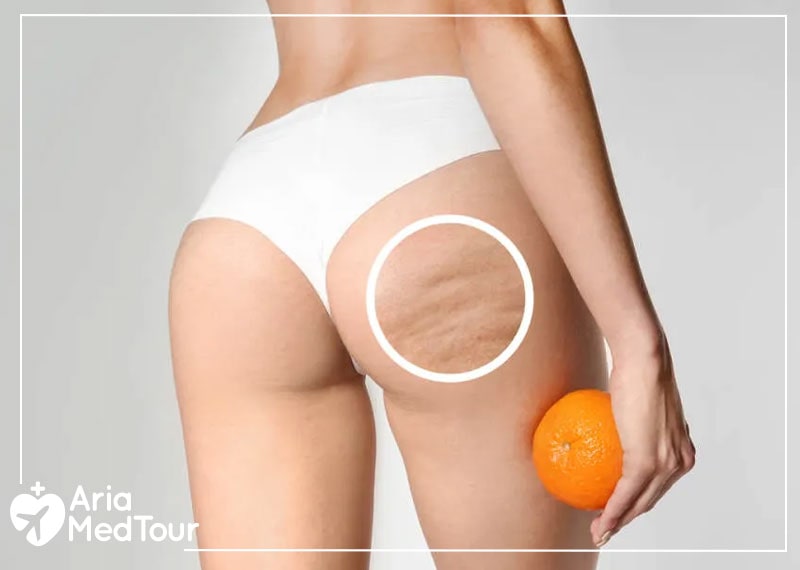




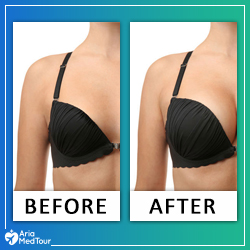

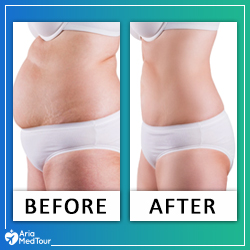

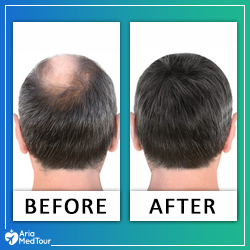
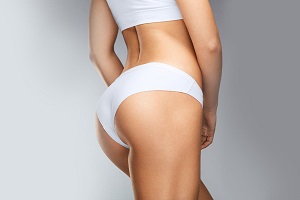




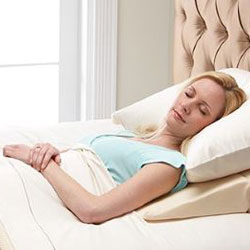




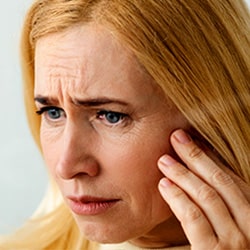


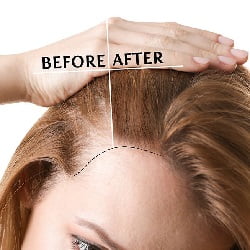

I’ve been struggling with cellulite on thighs treatment for years and I feel overwhelmed by the number of cellulite treatments available. There are creams, devices, and even injections. Honestly, what treatment gets rid of cellulite most effectively without surgery?
That’s a very common concern. There isn’t a single universal cellulite solution, but non-surgical treatments to get rid of cellulite such as radiofrequency therapy, acoustic wave therapy, and lifestyle-based approaches can significantly improve skin texture. The best option depends on the severity of cellulite and individual skin characteristics, which is why a personalized consultation is always recommended.
I’ve seen some dramatic before and after cellulite treatment photos online, especially related to surgery. Are cellulite surgery before and after results really permanent, or does cellulite come back over time?
Hi Rachel! Surgical options can indeed show impressive cellulite surgery before and after results, especially for severe cases. However, no procedure guarantees permanent elimination. While surgery can significantly reduce the appearance of cellulite, maintaining results depends on weight stability, skin quality, and lifestyle. Many patients combine surgery with non-invasive cellulite treatments for longer-lasting improvement.
I work out regularly and eat healthy, but I still have cellulite. I’m curious which treatments to get rid of cellulite actually work, because exercise alone hasn’t been enough. Is there a proven cellulite solution that works for stubborn areas?
Hi Sophie! You’re not alone — cellulite is influenced by genetics and connective tissue structure, not just fitness. Even very active individuals may need targeted cellulite on thighs treatment options. Combining exercise with medical-grade technologies often produces the best before and after cellulite treatment results. A tailored plan is usually the most effective approach to managing persistent cellulite.